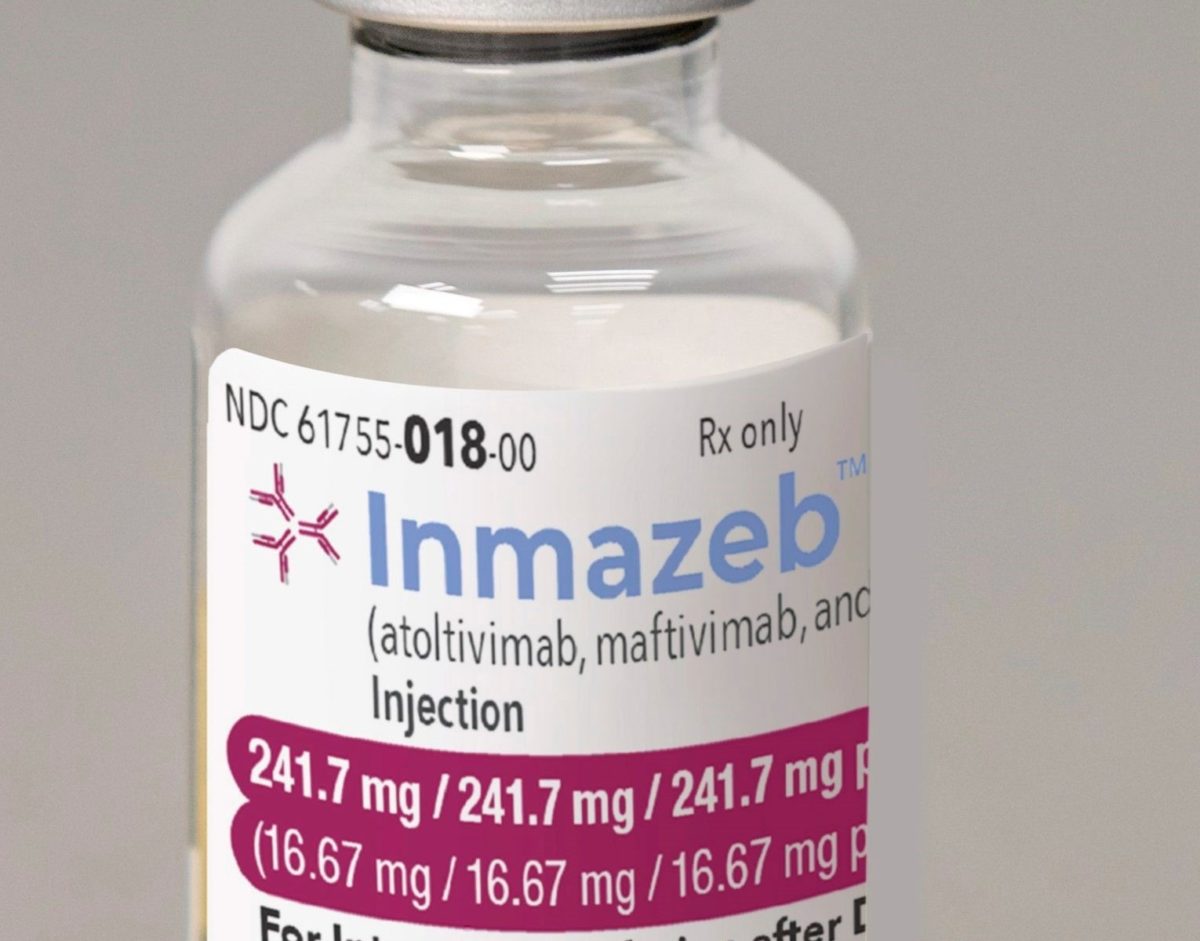Connecticut is in relatively good shape when it comes to the sustainability of its rainy day fund, while the outlook for New York is more pessimistic, according to data from The Pew Charitable Trusts.
 Although at least 36 states had planned to make additional rainy day fund (RDF) deposits in fiscal 2020, the fiscal and economic strain inflicted by the Covid-19 pandemic prompted at least 17 to make or authorize withdrawals from those funds, according to the analysis.
Although at least 36 states had planned to make additional rainy day fund (RDF) deposits in fiscal 2020, the fiscal and economic strain inflicted by the Covid-19 pandemic prompted at least 17 to make or authorize withdrawals from those funds, according to the analysis.
States had entered the 2020 budget year, which ended in June for most, with a record $118.8 billion in total balances, including $75.2 billion in RDFs. But even that level of reserves left states unevenly prepared to manage the sudden fiscal fallout from the pandemic, which various sources project will cost states from at least $125 billion to $200 billion in lost revenue through fiscal 2021, even without a second save of coronavirus-related shutdowns.
Connecticut ranks 11th, and New York 43rd, in Pew”™s estimates of how long each state could run only on its RDF: The Nutmeg State, whose fund equaled $2.1 billion or 11.1% of spending, could operate for 40.4 days, while the Empire State, whose RDF equaled $2 billion or 2.8% of spending, could operate for just 10.3 days.
Wyoming ranked at the top; its fund equaled $1.6 billion or 96.6% of spending, meaning it could run for 352.7 days. At the bottom was Kansas, with a fund of zero.
The 50-state median was 49.7 days, with total balances making up 13.6% of spending.
Additionally, Pew noted that tax revenue volatility differs across states because each relies on a unique mix of tax streams. Between fiscal years 2000 and 2019, severance taxes on oil and minerals and corporate income taxes were consistently more volatile than other major state taxes, such as those on personal income and sales of goods and services.
But this year, no major tax revenue sources were left untouched by the pandemic. Even sources that are relatively less volatile, such as broad-based personal income taxes on wages and investment earnings, have been hit hard by unemployment rates that spiked early this year and remain high along with historic stock market volatility.
General sales tax revenue, usually a stable tax stream, also steeply declined as restaurants, bars, retail stores, and other businesses were shuttered and as consumer spending fell sharply.
For the volatility survey, Pew removed the estimated effect of state tax policy changes, which state lawmakers control, to calculate a volatility score for the underlying trends in each state”™s overall tax revenue and major taxes ”“ those that account for at least 5% of its tax revenue on average over the past decade.
The scores measure the variation in year-over-year percent changes between fiscal 2000 and 2019, based on a calculation of standard deviation. A low score means that revenue levels were similar from year to year, and a high score indicates that revenue grew or declined more dramatically.
Overall, 50-state tax revenue had a volatility score of 4.96 for the 20 years ending in fiscal 2019, slightly lower than the previous year of 5.01. Pew explained that the result means that total tax revenue across the states typically fluctuated 4.96 percentage points above or below its overall growth trend. Tax revenue was more volatile than the national benchmark in 29 states and less so in 21.
Alaska had the most volatility, with a 36.9 score, while Connecticut had a score of 7.5 and New York came in at 6.3. South Dakota had the least volatility at 2.7.






















